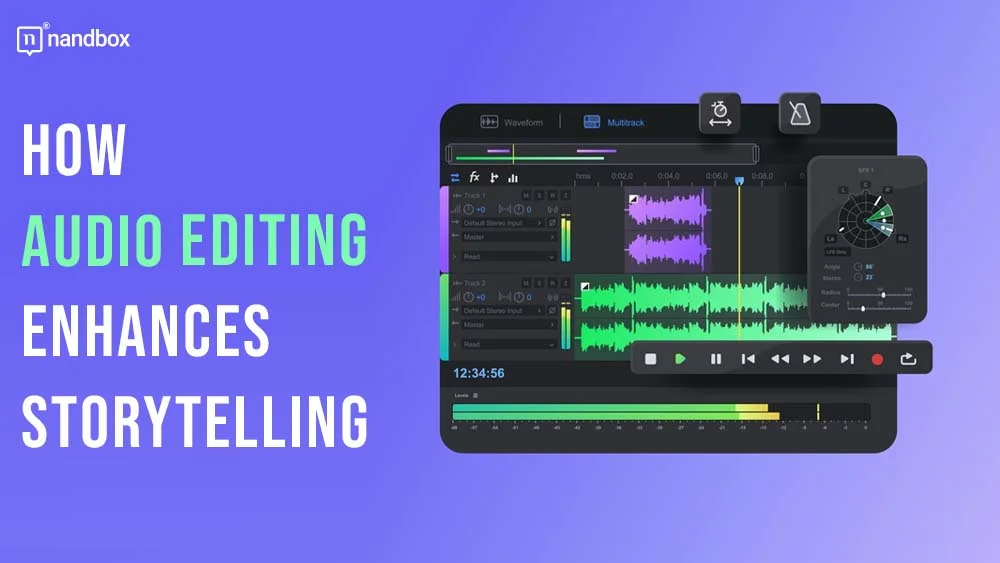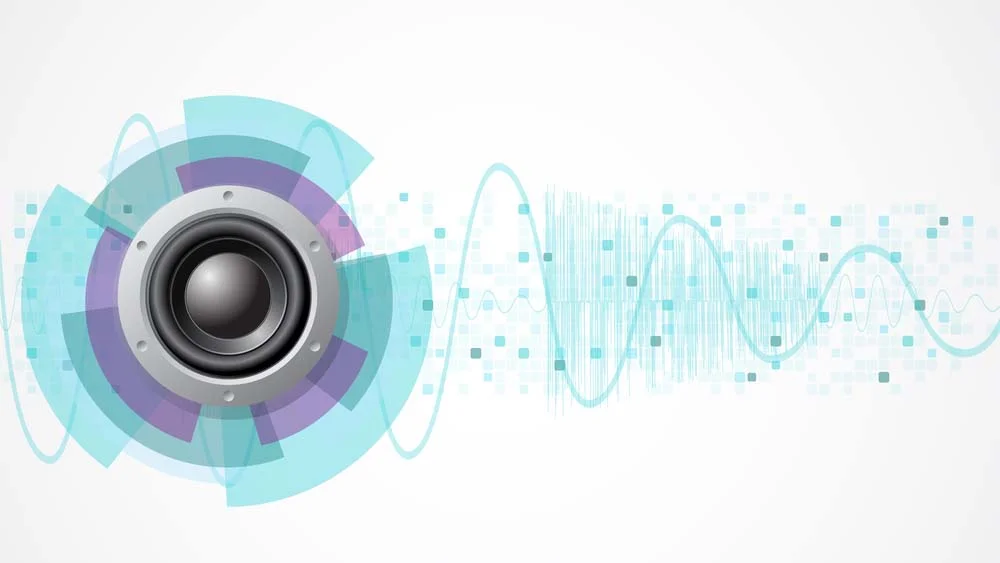How Audio Editing Brings Stories to Life
Audio editing plays a pivotal role in shaping the cinematic experience. Often working hand in hand with visual elements to evoke emotions, build tension, and immerse the audience in the narrative. While visual effects certainly capture attention, it’s the auditory cues that can subtly manipulate our feelings and perceptions. This enhances the overall impact of a film. From dialogue clarity to sound effects and musical scores, every aspect of audio editing contributes to the creation of a cohesive and engaging cinematic journey.
One of the fundamental aspects of audio editing in film is dialogue clarity. Clear and intelligible dialogue is crucial for the audience to follow the storyline and connect with the characters. Audio engineers meticulously edit and mix dialogue tracks to ensure that every word is audible. This includes removing background noise, adjusting levels, and adding enhancements if necessary. Through skillful editing, even whispered conversations or dialogue in crowded scenes can be made crisp and comprehensible. This can enrich the viewer’s understanding of the plot and character dynamics. Moreover, AI audio enhancers can be used to add clarity to the speech, remove noises, enhance audio, and fix other levels of sound qualities.
Sound effects
Beyond dialogue, sound effects play a crucial role in enhancing the realism and atmosphere of a film. Every footstep, rustle, or explosion contributes to the immersive experience, transporting the audience into the world of the story. Audio editors often purchase sound effects from online platforms and then carefully select and manipulate the right one to match the visual action on screen. This creates a seamless audio-visual synchrony that amplifies the impact of each scene. Whether it’s the roar of a dinosaur in “Jurassic Park” or the swoosh of a lightsaber in “Star Wars,” iconic sound effects can become synonymous with a film franchise. This can leave a lasting impression on audiences worldwide.
Moreover, the manipulation of sound can be used to manipulate emotions and build tension. Just as a sudden silence can heighten anticipation, a crescendo of music or a startling sound effect can jolt viewers out of their seats. Audio editors use a variety of techniques, such as volume adjustments, layering, and spatial positioning. They control the emotional trajectory of a scene. By strategically placing sounds in the surround sound field or employing techniques like panning and fading, they can guide the audience’s attention and evoke specific emotional responses. For example, the use of low-frequency rumbling and distorted sound effects in horror films can induce feelings of dread and unease. While a triumphant orchestral score can elicit feelings of exhilaration and triumph in epic battle scenes.
Importance of Music
Furthermore, music plays a crucial role in shaping the mood and tone of a film. Whether it’s an original score composed specifically for the movie or carefully selected pre-existing tracks, music can evoke nostalgia, foreshadow events, and underscore character motivations. Audio editors work closely with composers and music supervisors to integrate music seamlessly into the narrative, adjusting levels and timing to complement the visual storytelling. It ranges from the haunting melodies of a suspense thriller to the uplifting strains of a feel-good drama. The right musical accompaniment can elevate a film from good to great, leaving a lasting impression on audiences long after the credits roll.
Besides enhancing the viewing experience, audio editing serves as a cornerstone of post-production. Which seamlessly blends creativity with technical finesse to sculpt aural landscapes that resonate with audiences on a profound level.
The heart of audio
At the heart of audio editing lies a myriad of techniques. Each meticulously crafted to address specific challenges and elevate the overall quality of sound. One such technique is Foley recording, an art form unto itself. Foley artists, armed with an arsenal of props and creativity, breathe life into on-screen actions. This is by meticulously recreating everyday sounds in the controlled environment of a studio. The delicate tap of footsteps on hardwood floors, the gentle rustle of leaves in the wind, or the ominous creak of a door opening. Every sound is meticulously crafted to add depth and texture to the audio track. This can immerse the audience in the world unfolding before them.
Complementing the artistry of Foley recording is the precision of automated dialogue replacement (ADR). In the pursuit of cinematic perfection, filmmakers often find themselves grappling with technical constraints or performance inconsistencies. This threatens to compromise the integrity of the final product. ADR emerges as a saving grace. It offers a controlled setting where dialogue can be re-recorded with pristine clarity and consistency, seamlessly integrated into the fabric of the film. Through ADR, audio editors ensure that every word spoken resonates with the intended emotion and clarity, transcending the limitations of on-set recordings to deliver a seamless auditory experience.
Yet, the role of audio editing extends beyond mere enhancement. It encompasses a myriad of technical challenges that demand ingenuity and expertise. Background noise, the bane of every audio editor’s existence, threatens to obscure the delicate nuances of a scene. It disrupts the immersion of the audience as well. Through meticulous noise reduction techniques and strategic placement of sound elements, audio editors navigate the tumultuous seas of background noise, emerging victorious with a pristine audio track that captivates the senses.
Editors’ role
Moreover, audio editors must contend with the ever-present specter of inconsistent audio levels and discrepancies in performance, striving to maintain a delicate balance that preserves the integrity of the narrative. With surgical precision, they sculpt each sound wave. This can harmonize disparate elements into a cohesive symphony that transcends the limitations of its individual parts.
In post-production, audio editing is both an art and a science, where creativity and technical prowess converge to breathe life into the cinematic canvas. Through techniques such as Foley recording and automated dialogue replacement, audio editors transcend the boundaries of reality. This can sculpt auditory landscapes that transport audiences to realms both familiar and fantastical. In the symphony of filmmaking, they must craft every note meticulously to perfection, audio editing stands as the maestro, conducting the chorus of sounds that enrapture and enchant.
Audio editing plays a multifaceted role in the cinematic experience, shaping the narrative, eliciting emotions, and enhancing immersion. From dialogue clarity to sound effects and musical scores, every aspect of audio editing contributes to the creation of a cohesive and engaging film that resonates with audiences on a visceral level. By harnessing the power of sound, filmmakers can transport viewers into new worlds, evoke powerful emotions, and leave a lasting impression. This impression will extends far beyond the confines of the movie theater.





